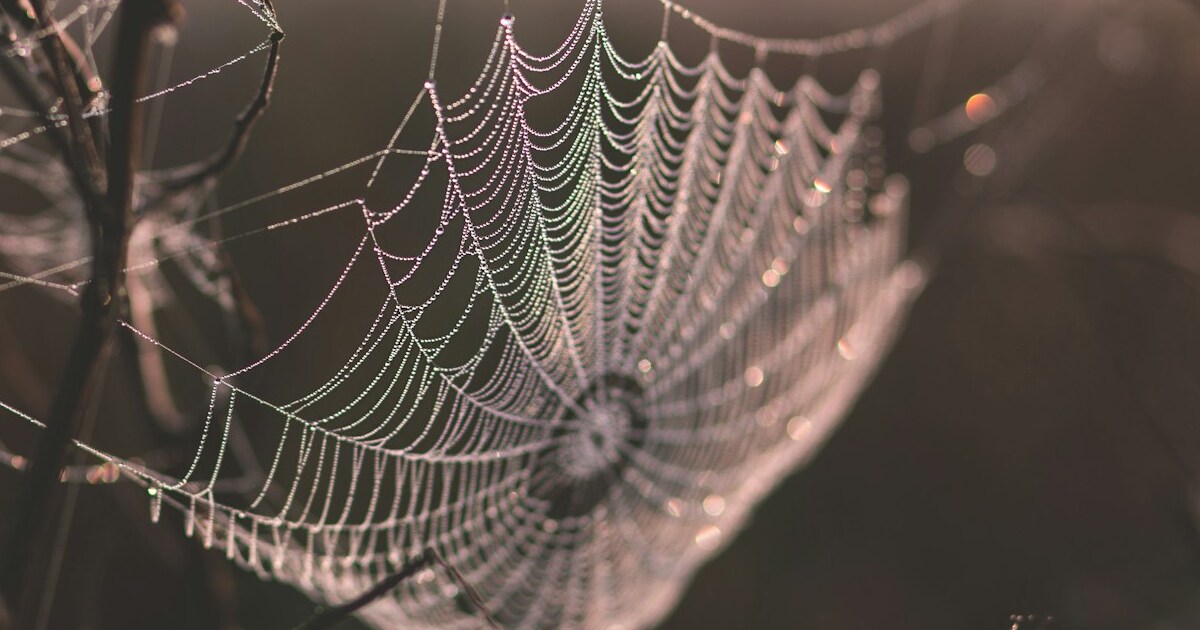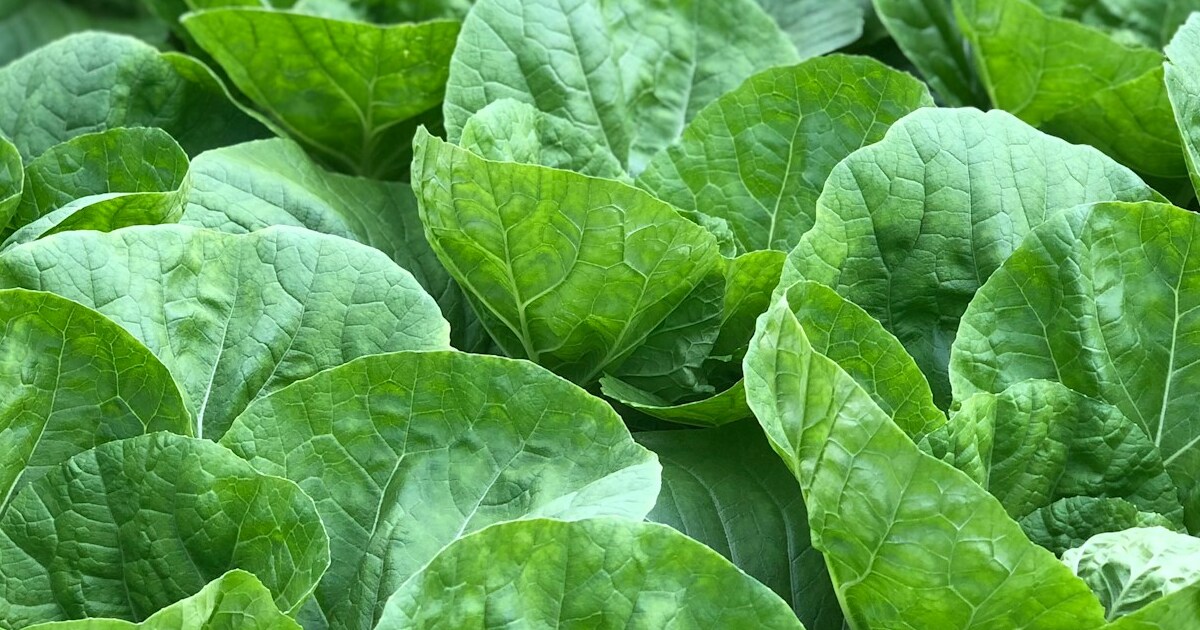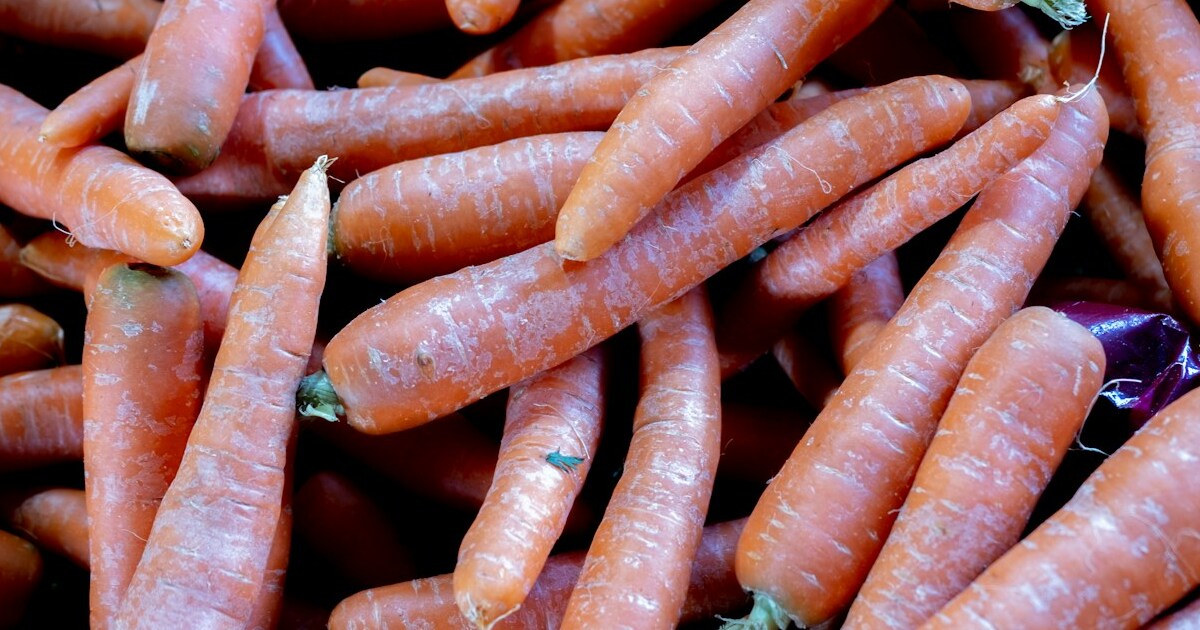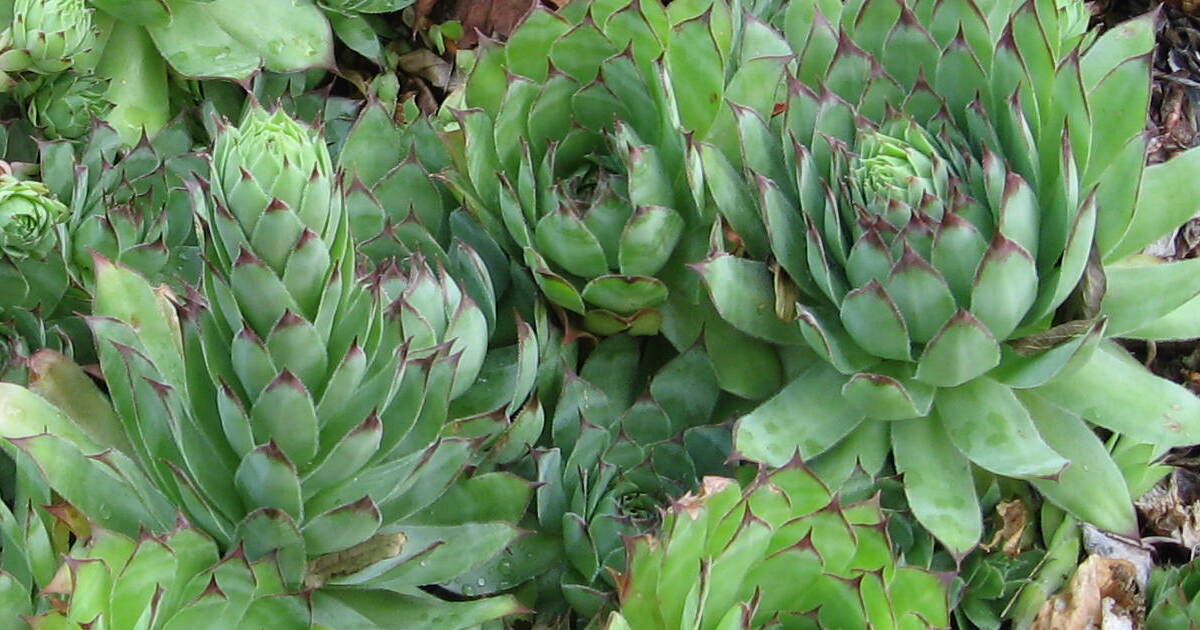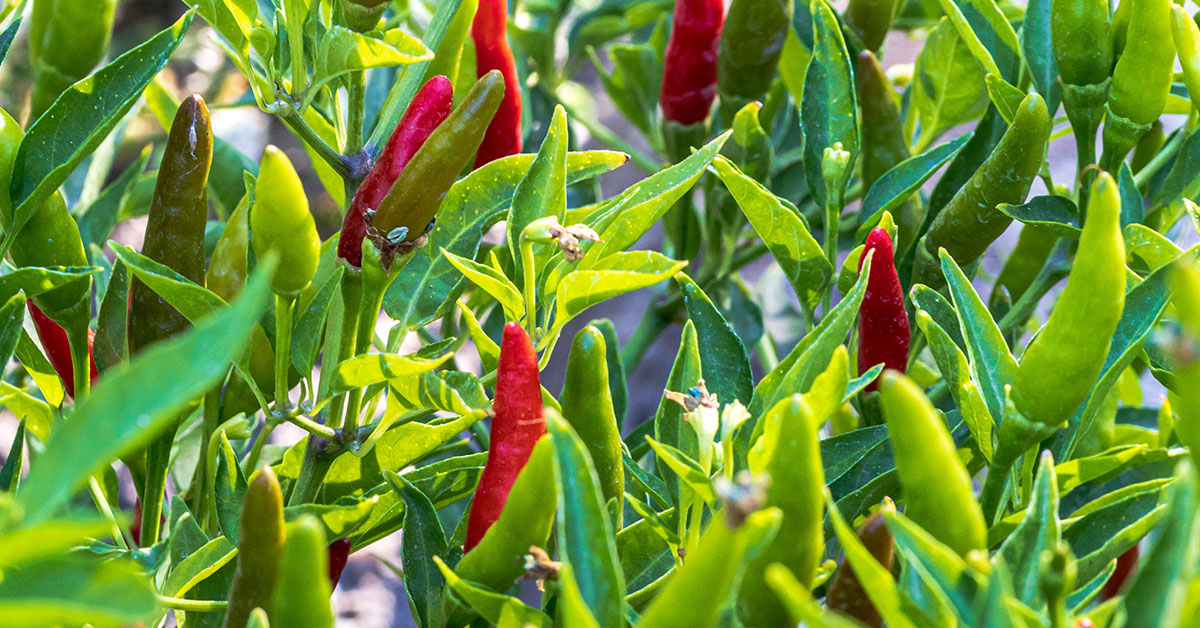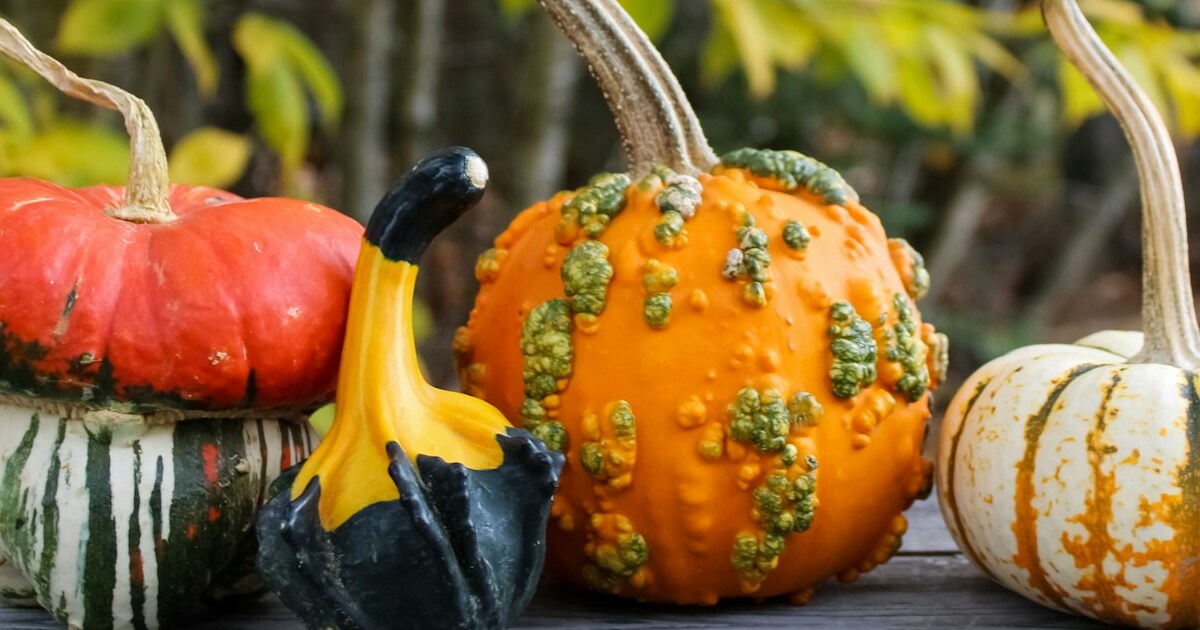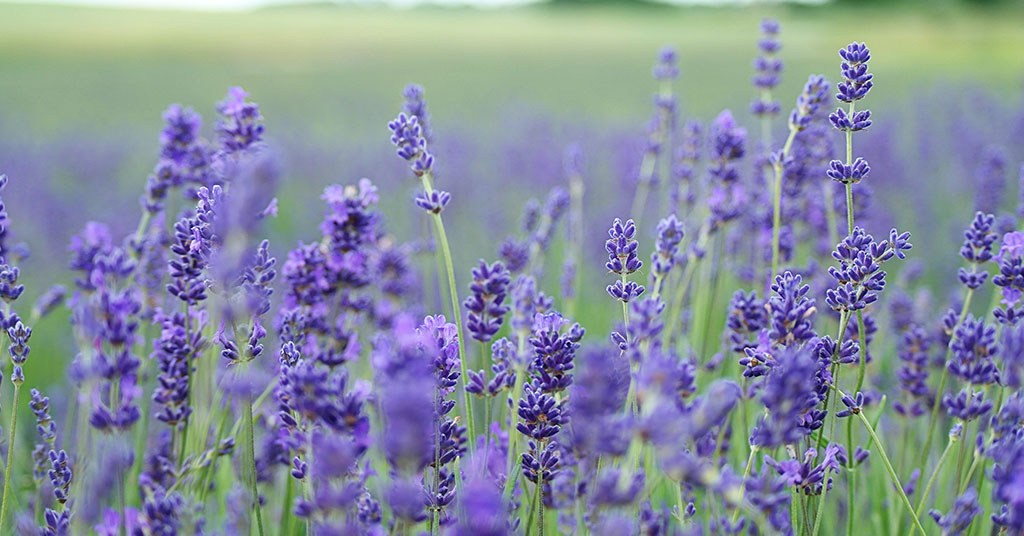Hello, fellow gardeners and nature enthusiasts! As someone who has spent years marveling at the intricate balance of garden life, I’m excited to debunk some of the most common myths about spiders. Often misunderstood and unfairly maligned, these tiny arachnids are nature’s unsung heroes, quietly keeping pest populations in check and helping to create a balanced ecosystem. I know it can be a bummer when fears overshadow the amazing benefits spiders provide, so let’s explore why these fascinating creatures deserve a place in our gardens!
In my own gardening journey, I’ve learned that understanding the truth about spiders can transform our perspective—and our garden’s health! From their origin in virtually every corner of the world to their impressive nesting behaviors and their role in attracting beneficial insects, spiders are far from the villains they’re sometimes made out to be. Let’s dive into 13 common myths and uncover the real story behind these incredible critters!
All Spiders Are Dangerous

Many people believe that every spider is a threat to humans, but the reality is much more nuanced. Most garden spiders are harmless and play a critical role in controlling pest populations. Native to various parts of the world, these arachnids have evolved to capture insects that might otherwise damage your precious plants. I’ve noticed that a garden filled with healthy spider populations tends to be more vibrant and balanced, as these creatures quietly manage pest outbreaks!
It’s a common misconception that spiders are aggressive attackers; in truth, they usually avoid human contact and retreat when disturbed. Their venom is typically designed to subdue small prey, not harm us. Watching spiders spin their intricate webs and observe their careful nesting behaviors in garden corners can be surprisingly soothing. Embracing their presence has helped me maintain a natural pest-control system that benefits both my garden and local wildlife!
Spiders Invade Your Home Uncontrollably

Another widespread myth is that spiders will swarm your home, turning your living space into a chaotic web of creepy crawlies. In reality, most spiders prefer the outdoors, where they build their delicate, purpose-driven webs among garden plants. They are not interested in human dwellings and will only venture indoors accidentally, often when seeking warmth during cooler months. I’ve found that a healthy garden with balanced insect populations keeps these industrious arachnids content in their natural habitat!
Spiders are far from the invasive species some imagine them to be. Their behaviors include setting up modest nests in sheltered garden spots and creating strategic webs that intercept pests, not cluttering our homes. When properly appreciated, these creatures contribute to a garden’s charm and functionality without causing the disturbances many fear. Once you understand their nature, you’ll see that a few wandering spiders indoors are nothing to worry about!
Spiders Are Solitary Creatures
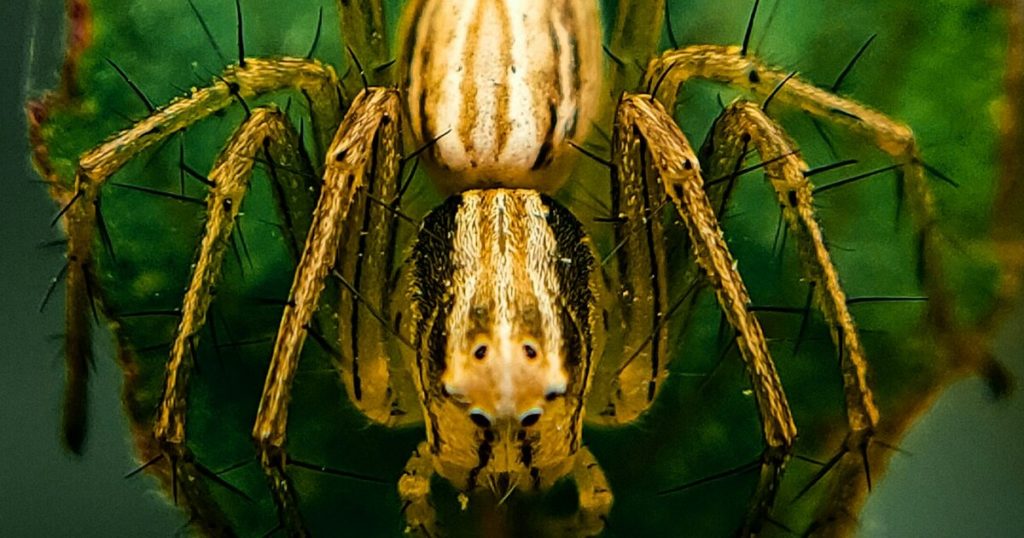
While it’s true that many spider species tend to lead solitary lives, there are numerous instances of social behavior among them. In my garden, I’ve observed species that not only build communal webs but also share nesting sites where they indirectly support each other’s survival. Native to diverse regions, some spiders even display a remarkable tolerance for each other’s presence, creating a mini ecosystem that attracts beneficial insects!
These social spiders are far from chaotic; they coordinate in ways that optimize their hunting efficiency and offer a natural form of pest control. Their communal nests can sometimes serve as shelters for small insects, contributing to the garden’s biodiversity. Learning about these fascinating behaviors has helped me appreciate the complexity of spider life and their subtle contributions to maintaining a balanced garden ecosystem!
Spiders Spin Messy, Unhelpful Webs

Contrary to popular belief, spider webs are marvels of natural engineering rather than mere messy tangles. The intricate designs of their webs are specifically tailored to trap pests and are a testament to nature’s ingenuity. Native spiders have honed these designs over millennia, ensuring that their webs are both efficient and aesthetically pleasing. I’ve always been fascinated by how these delicate structures transform a garden into an interactive tapestry of life!
Beyond their practical purpose, spider webs also serve as microhabitats for various small insects and even provide shelter for some beneficial critters. They capture sunlight in beautiful ways, creating sparkling displays that remind me of nature’s artistry. Embracing the beauty of spider webs has not only enriched my garden’s visual appeal but also deepened my respect for these incredible creatures and their sustainable contributions!
Spiders Only Eat Pests
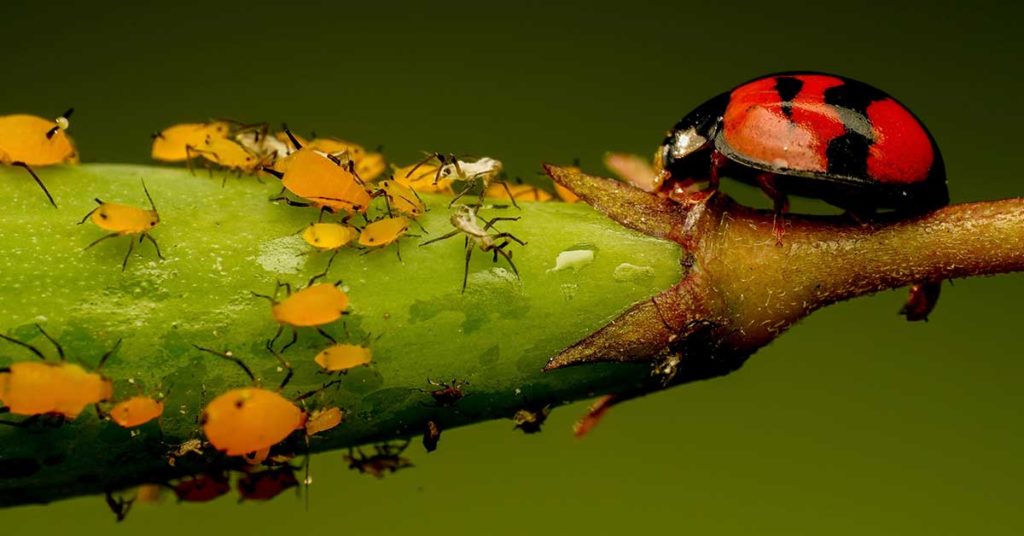
It’s often assumed that spiders are selective predators that solely target harmful pests, but their diets are more varied than that. While it’s true they help control common garden pests like aphids and mosquitoes, many spiders also feed on insects that are harmless or even beneficial. Native spiders have evolved alongside a diverse range of prey, and their feeding habits contribute to the overall balance of the ecosystem. I’ve seen firsthand how a diverse spider community can indirectly support plant health by preventing any one pest from becoming dominant!
This myth overlooks the complexity of food webs in the garden. Spiders sometimes serve as a food source for larger animals, including birds and small mammals, and their interactions with other creatures help sustain a vibrant ecosystem. Understanding that spiders are part of a larger natural cycle has made me appreciate their role in fostering a balanced, thriving garden environment. Their varied diet reinforces the importance of every creature, no matter how small, in keeping our gardens healthy!
All Spiders Are Venomous

While it’s true that all spiders produce venom, the vast majority of them have venom that is harmless to humans. In fact, only a handful of spider species possess venom potent enough to pose a real threat. Native spiders in most regions have venom that is specifically designed to subdue tiny prey and is virtually negligible when it comes to human health. I always remind fellow gardeners that encountering a spider is a natural part of the ecosystem and rarely results in any serious harm!
The misconception about venom often leads to unnecessary fear and even the killing of spiders that are actually beneficial to our gardens. By understanding that a spider’s venom is tailored to its ecological role, we can appreciate their contribution to pest control. Their venom allows them to efficiently capture prey, reducing the need for chemical pesticides and supporting a more organic garden. Learning the facts about spider venom has certainly helped me view these creatures in a more positive, respectful light!
Spiders Are Dirty and Carry Diseases

A prevalent myth is that spiders are unclean and serve as vectors for diseases, but nothing could be further from the truth. Spiders are meticulous groomers and are constantly cleaning their legs and bodies to ensure their webs function properly. Native to nearly every habitat on Earth, these arachnids play a crucial role in controlling insect populations without posing any significant health risks to humans. I’ve come to see spiders as natural allies in the fight against pests, rather than carriers of harmful pathogens!
In fact, spiders help maintain a clean environment by preying on insects that can spread disease. Their presence in a garden often indicates a healthy, balanced ecosystem where every creature has a role to play. The myth of spiders being dirty is just that—a myth perpetuated by misunderstandings. Once you observe their careful behavior and the cleanliness of their webs, it becomes clear that spiders are far from the unsanitary creatures some people believe them to be!
You Should Kill Spiders Immediately

Many gardeners believe that any spider spotted should be eliminated on sight, but this reaction often does more harm than good. Spiders are an essential part of the garden’s natural pest-control system, preying on insects that might otherwise cause significant damage to your plants. Native spider populations are carefully balanced and contribute to a harmonious ecosystem that benefits everyone—including your favorite blooms and vegetables! I’ve learned that a little patience and understanding can go a long way in allowing spiders to do their important work.
Eliminating spiders can disrupt this balance, leading to an increase in pest populations that might require chemical intervention. Instead of resorting to pesticides or lethal measures, I prefer to observe and appreciate these creatures from a safe distance. Allowing spiders to thrive means fewer pests, reduced need for chemical controls, and a healthier garden overall. Embracing their role has turned my garden into a thriving ecosystem where every creature, no matter how small, plays a part in its success!
Spiders Are Invasive and Will Overrun Your Garden

There’s a common fear that spiders, once present, will multiply uncontrollably and take over your garden. However, most spiders are naturally regulated by the environment and the availability of food. Native species have co-evolved with local ecosystems, ensuring that their populations remain in balance. I’ve found that a garden with a healthy spider presence is one that’s rich in biodiversity and teeming with life—not overrun by pests!
Invasive tendencies are rare among most spider species, and their populations are kept in check by natural predators such as birds and larger insects. Spiders form an integral part of the garden’s food web, where every creature has its role and its limits. Observing this natural balance has taught me that a few spiders in my garden are not a sign of an impending invasion, but rather an indicator of a vibrant, well-functioning ecosystem. Their presence is a reminder of nature’s ability to self-regulate!
Spiders Don’t Contribute to Garden Health
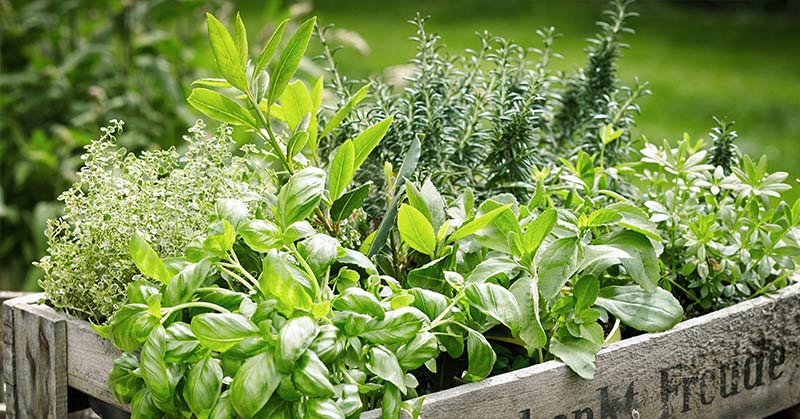
Some people mistakenly believe that spiders serve no beneficial purpose in the garden, but nothing could be further from the truth. Spiders are one of nature’s most effective pest controllers, preying on a wide variety of insects that can harm your plants. Native spider species are well adapted to their local environments and work tirelessly to reduce the need for chemical interventions. I’ve witnessed firsthand how a garden with an active spider population is a garden that thrives with natural balance and resilience!
Beyond pest control, spiders contribute to the garden by creating intricate webs that capture organic debris and serve as a microhabitat for other small creatures. Their presence attracts pollinators and even small birds, which sometimes use spider silk for nest building! Recognizing the many ways spiders support garden health has reshaped my approach to maintaining a sustainable, eco-friendly outdoor space—one where every creature plays a vital role.
Spiders Are a Sign of Poor Garden Hygiene

It’s often thought that a garden teeming with spiders is unkempt or neglected, but in reality, a robust spider population is a hallmark of a healthy ecosystem. These arachnids thrive in diverse environments, from manicured gardens to wild, untouched landscapes. Native spiders are nature’s custodians, diligently controlling pest populations and helping to maintain a clean, balanced habitat. I’ve come to appreciate that the presence of spiders often indicates that the garden is functioning as a natural, self-sustaining system!
A tidy garden does not mean a spider-free garden; in fact, a few well-placed webs are a sign that nature is at work. Spiders are drawn to areas with abundant insect life, and their presence ensures that no single pest overwhelms the garden’s balance. By understanding this dynamic, I’ve learned to view spiders as valuable contributors to garden hygiene and overall health. Their role is essential, and rather than removing them, I embrace their efforts in keeping my garden flourishing!
Spiders Only Live in the Dark and Hidden Corners

A common misconception is that spiders are strictly nocturnal and only reside in dark, hidden corners of your garden. In truth, many spider species are active during the day and can be found weaving their webs in full sunlight among your favorite plants. Native spiders have adapted to various light conditions, and some even build their intricate nests in open areas where they can attract abundant prey. I’ve enjoyed many mornings watching these industrious creatures working diligently, regardless of the time of day!
Their visible presence throughout the garden is a testament to their adaptability and crucial role in the ecosystem. Whether nestled among flowering shrubs or stretching their webs across sunny garden paths, spiders are active participants in the natural cycle of life. Observing them during daylight hours has helped me appreciate their intricate behaviors and the delicate balance they maintain. Far from being elusive shadows, these creatures bring life, color, and movement to every corner of the garden!
Spiders Are Scary and Unapproachable
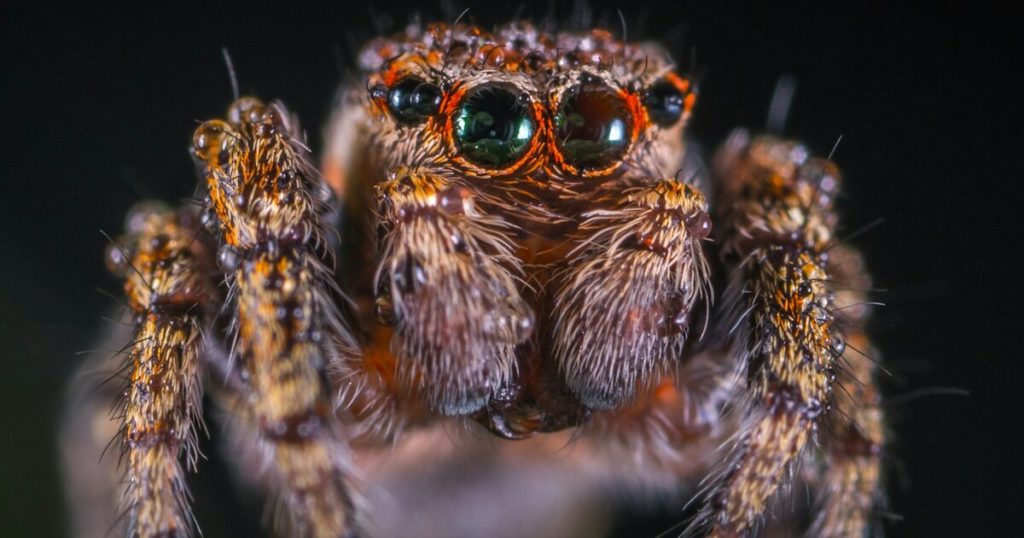
Perhaps the most persistent myth is that spiders are inherently scary, leading many to avoid them at all costs. However, once you understand their behavior and benefits, you’ll see that these creatures are truly fascinating and far from menacing! Many spiders are gentle, non-aggressive, and more interested in catching insects than in interacting with humans. Native species are perfectly adapted to their environments, and their behaviors—from meticulous web-building to caring for their young—reveal a complexity that is both admirable and inspiring.
Over time, I’ve learned to see spiders not as threats but as essential contributors to a thriving garden. Their presence supports a balanced ecosystem, attracting pollinators and even offering shelter for small insects and birds. Embracing spiders has allowed me to create a garden that is not only pest-resistant but also rich in biodiversity and natural charm! Once you get to know these amazing creatures, you might just find that your garden feels more alive and interconnected than ever before.


